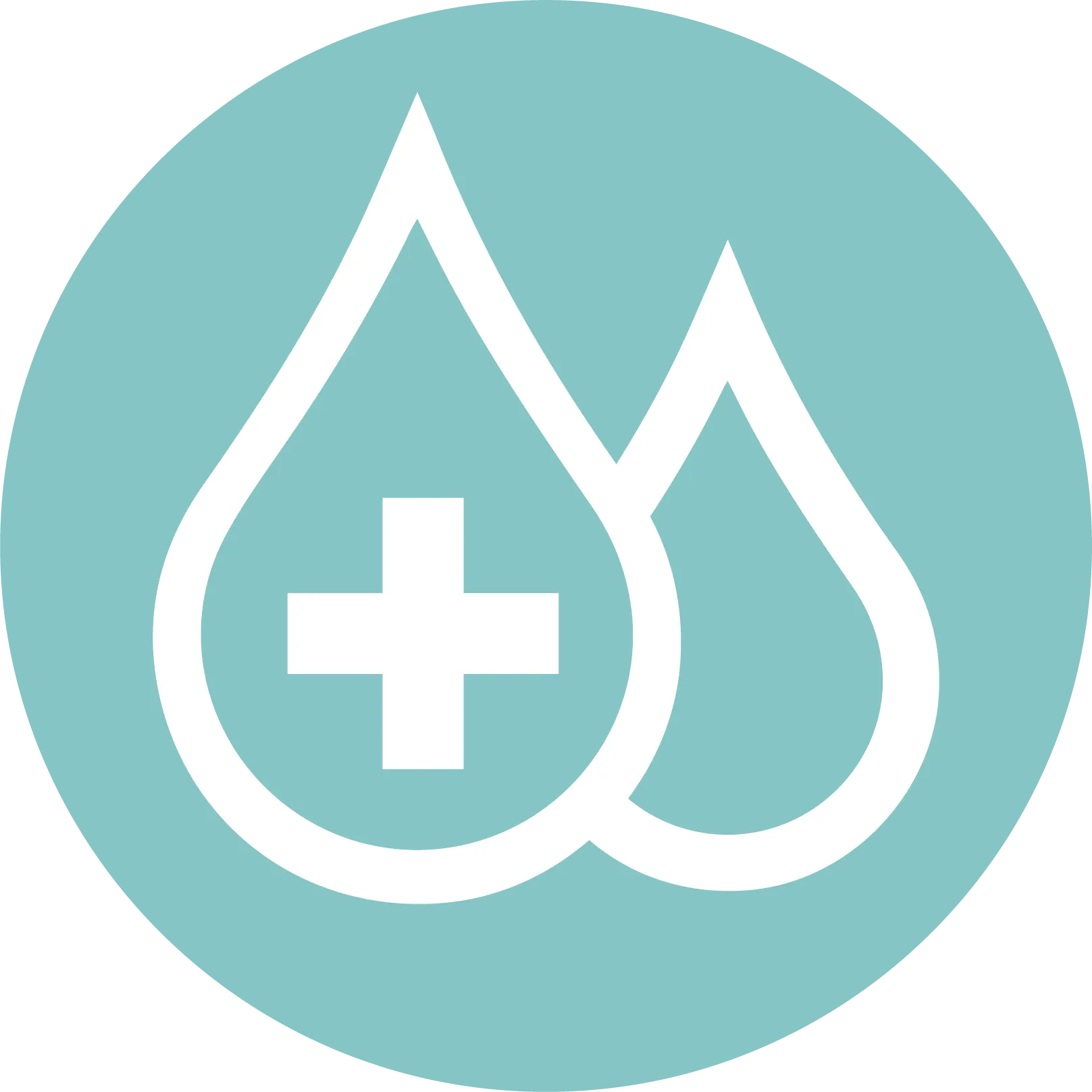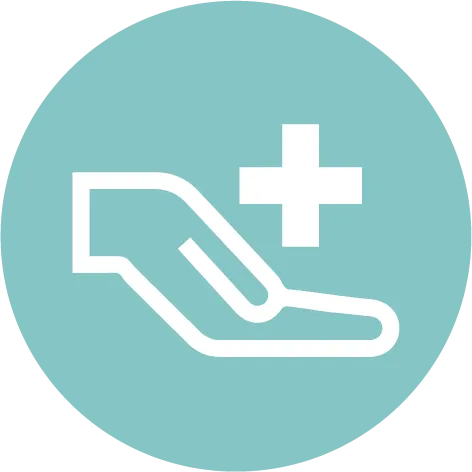Product Description
Hemodialysis
The kidneys are responsible for the maintenance of body water balance, acid-base balance, blood pressure stability, the production of erythropoietin and vitamin D3, as well as the excretion and metabolism of waste products and drugs.
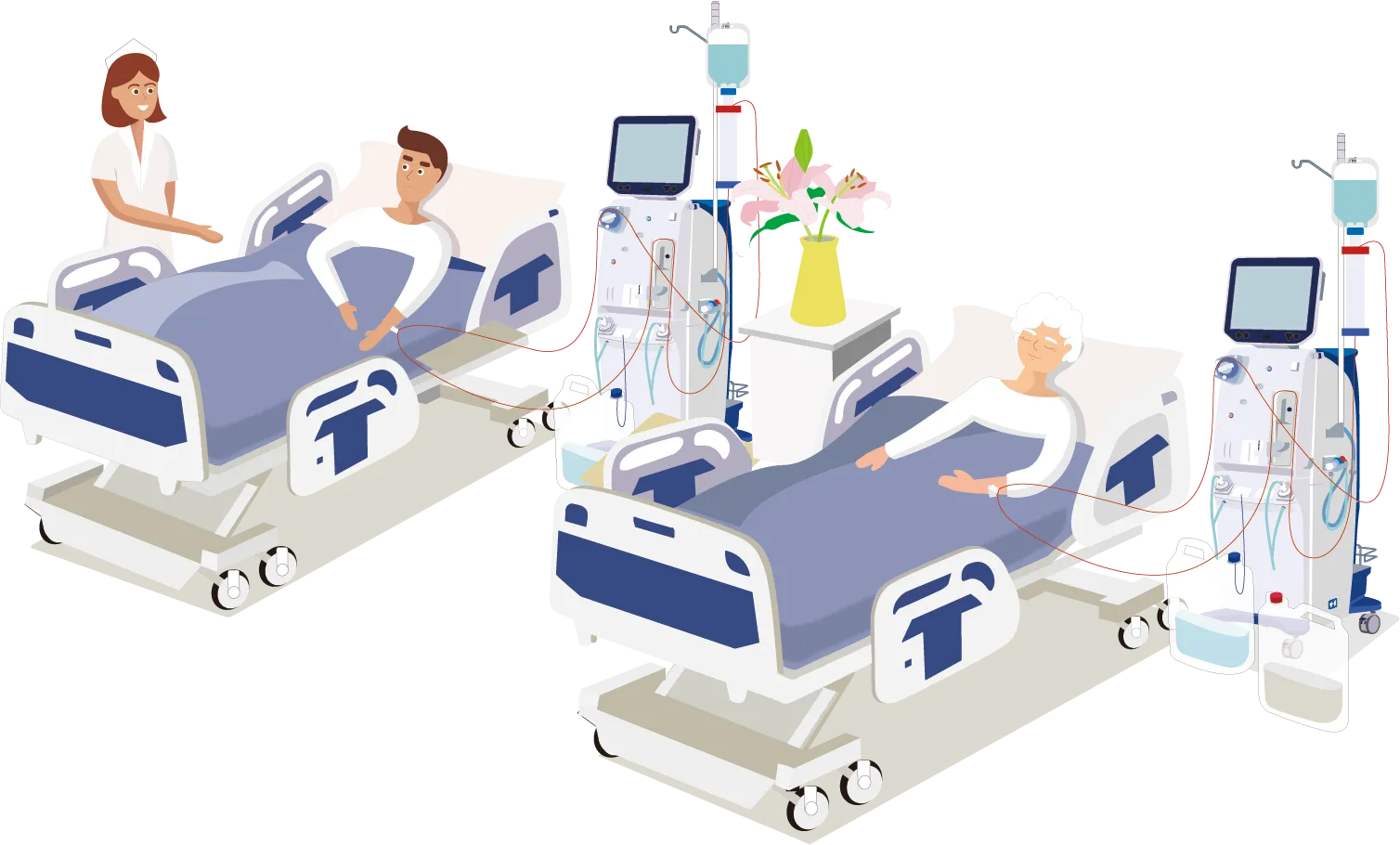
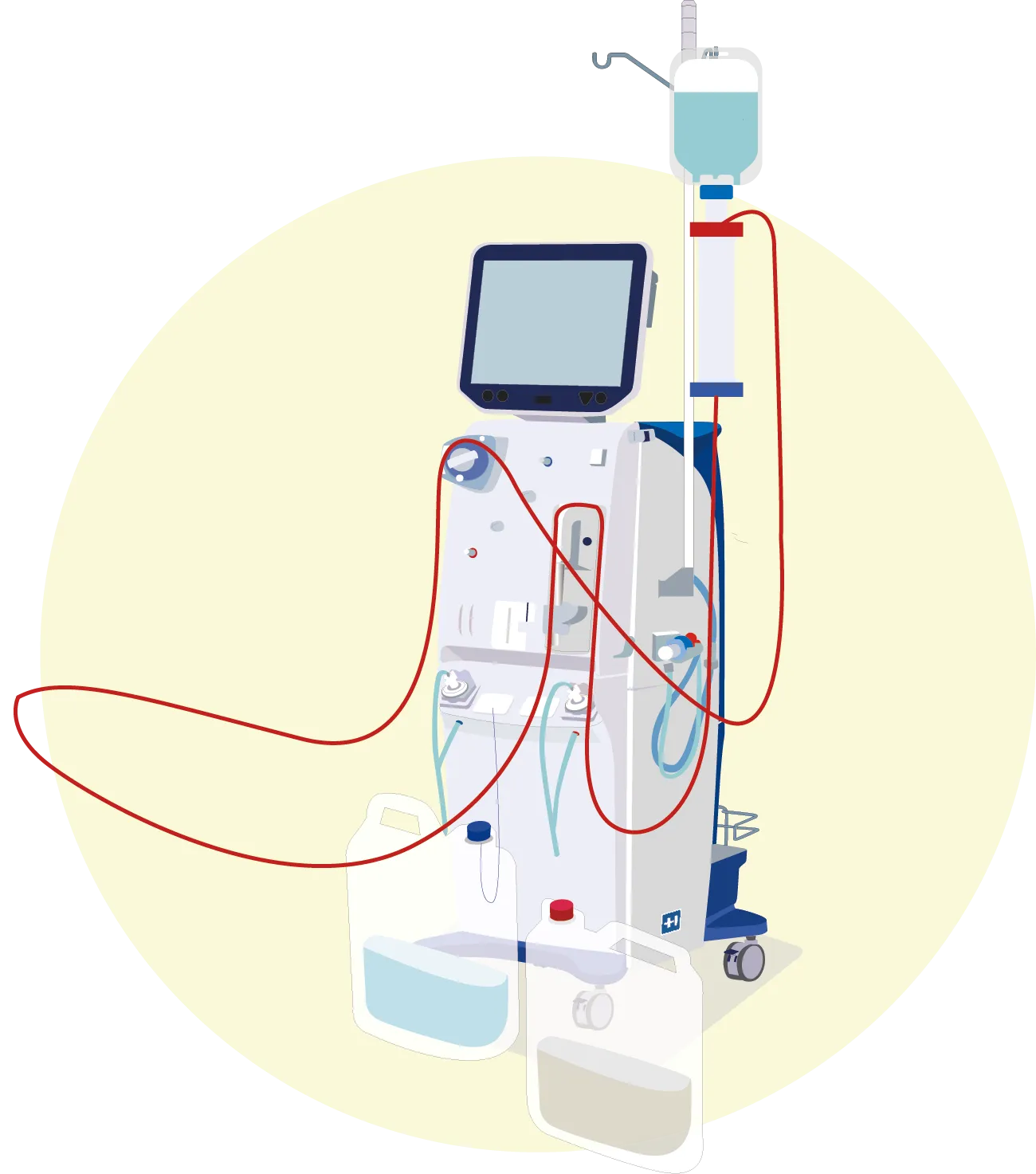
Tips of Professional Knowledge
◎ Therefore, once the above symptoms of uremia occur in the kidneys, the only way to reduce the symptoms of uremia and stabilize vital signs is to remove urinary toxins and water from the body through dialysis.
Reference (Taiwan): National Health Insurance Administration, MOHW
ABOUT
Plasma Exchange
◎ To improve abnormal blood lipids, in addition to taking medication as advised by your doctor, dietary changes such as avoiding high-fat and high-calorie foods, reducing saturated fat and trans fat intake, and increasing physical activity are needed to truly improve high blood lipids and prevent future cardiovascular disease and stroke risk.
Reference (Taiwan): Health Promotion Administration, MOHW

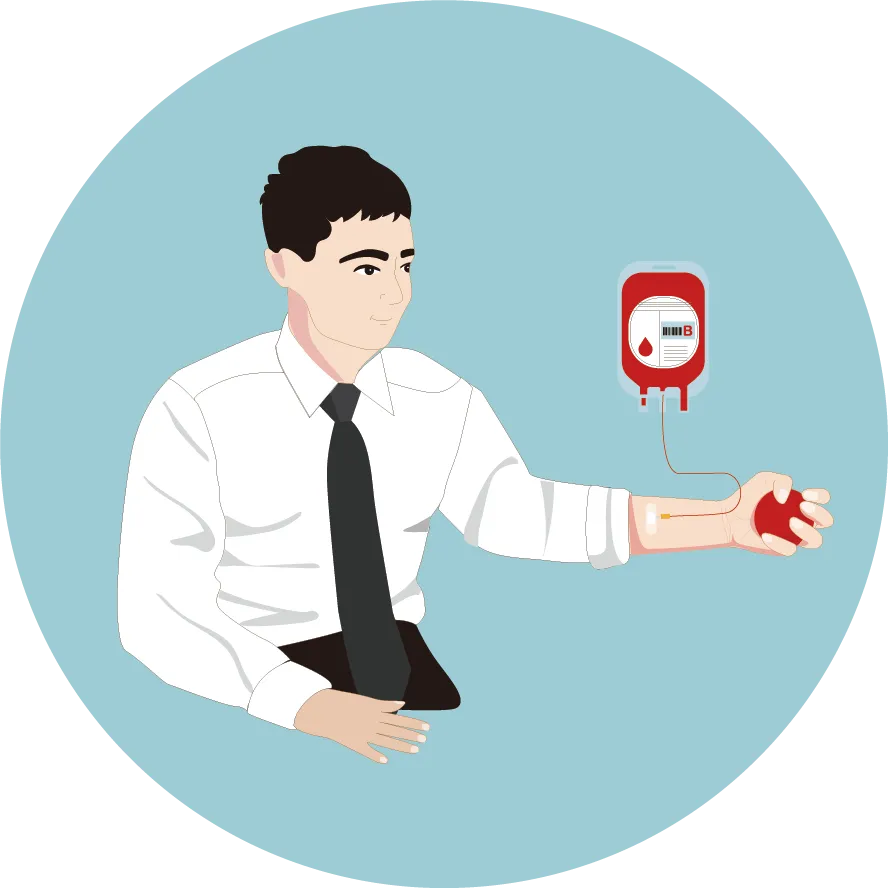
Blood Bag Product
◎ Giving blood is an act of charity that not only promotes blood metabolism and benefits your own health, but more importantly, helps save the lives of sick and injured people.
◎ The basic requirements for donating blood are that you must be over 17 and under 65 years of age, weigh 50kg for men and 45kg for women, and be in good health.
◎ For full blood donations of 250 c.c., the next donation should be at least 2 months apart; for donations of 500 c.c., the next donation should be at least 3 months apart. The annual donation limit is 1,500 c.c. for men and 1,000 c.c. for women.
◎ Since 1999, the Taiwan Blood Foundation’s information system has been integrated with the donor records of the six blood donation centres nationwide, so you can check the latest blood donation records and the total amount of blood donated from the computer at any blood donation site.
Reference (Taiwan): Taiwan Blood Services Foundation
Stoma Care
There are different types of ostomies. The three most common ones are colostomy, ileostomy, and urostomy. Each ostomy procedure is done for different reasons.
Colostomy
◎ A colostomy is a surgically-created opening into the colon (large intestine) through the abdomen. Its purpose is to allow the stool to bypass a diseased or damaged part of the colon. The output from a colostomy includes liquid or formed stool (or somewhere in between), gas, and odor.
Ileostomy
◎ An ileostomy is a surgically created opening into the small intestine through the abdomen. The output from an ileostomy after surgery is generally a steady liquid type of drainage.
Urostomy
◎ A urostomy is a surgically-created opening to drain urine. The output from a urostomy is urine and possibly some mucus.
Reference: Hollister Incorporated
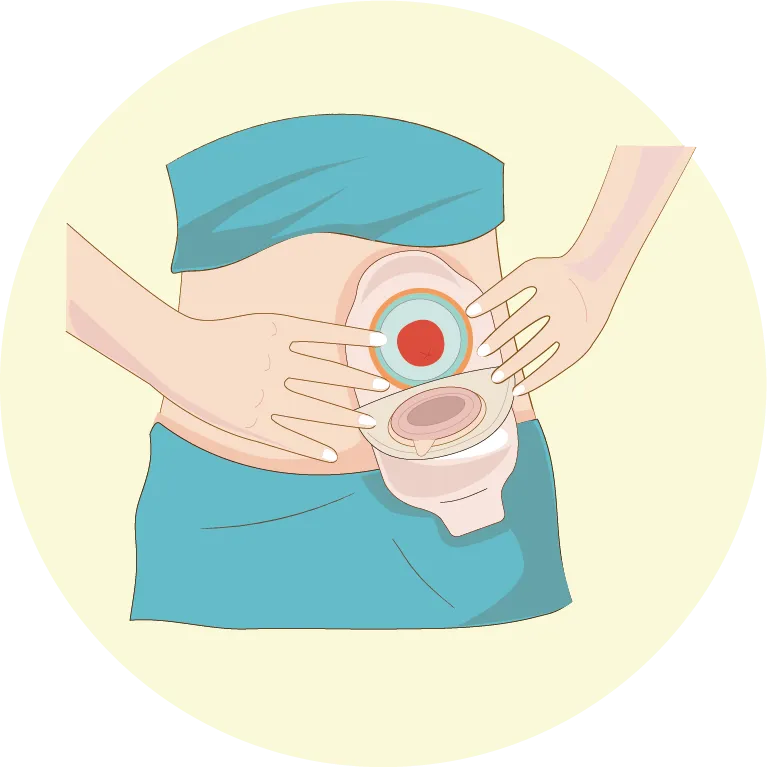
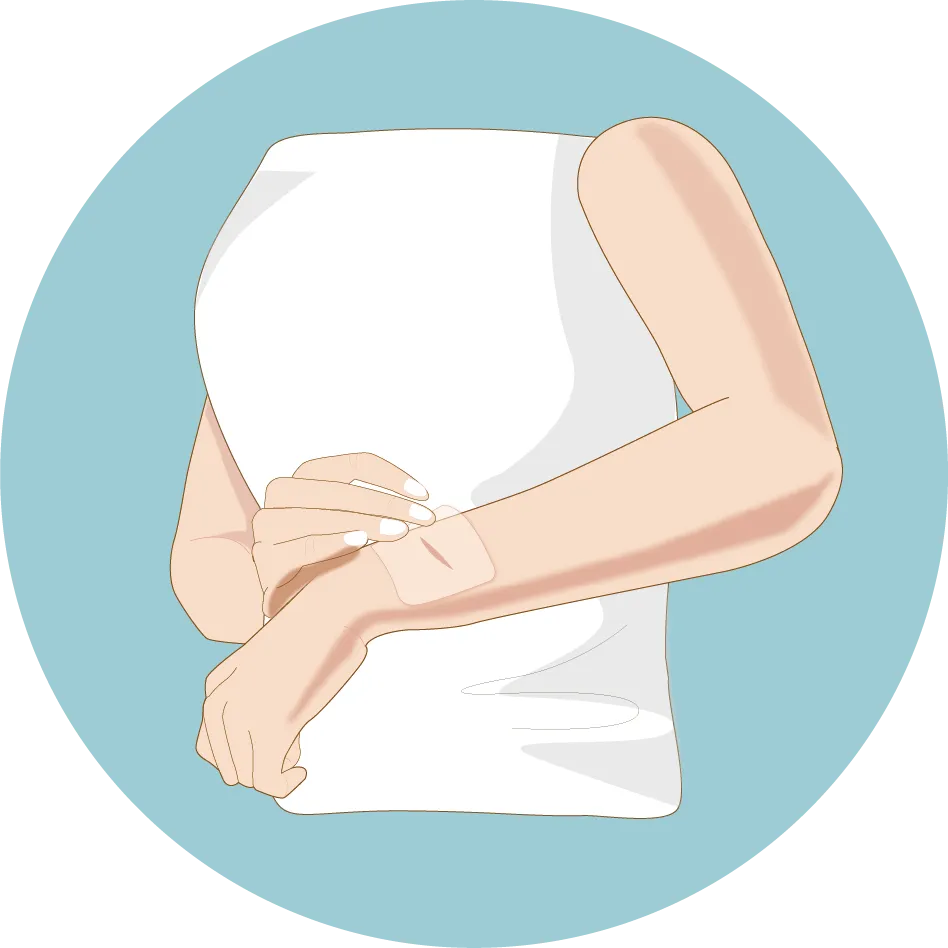
Scar Care
◎ Scars are the result of healing skin wounds and it is important to take advantage of the golden period of wound treatment and care to make them fade. For newly formed scars, silicone-based scar gels are often used clinically to fade scars.
◎ As the silicone gel dries, it forms a thick waterproof film that prevents moisture from evaporating through the skin, maintaining the moisture content of the skin’s stratum corneum and preventing or slowing down scar growth.
◎ The above principle shows that the function of the scar gel is not to treat the wound but to prevent excessive tissue growth after the wound has healed, so it is important to ensure that the wound has healed before using it. The sooner the scar gel is applied after the wound has healed, the more effective it will be in reducing the scar.
◎ In addition to early use, it must be used consistently to be effective. However, the timing of scar care products varies depending on the condition of the individual and should be assessed by a doctor before use.
Reference (Taiwan): Taiwan Food and Drug Administration, MOHW
